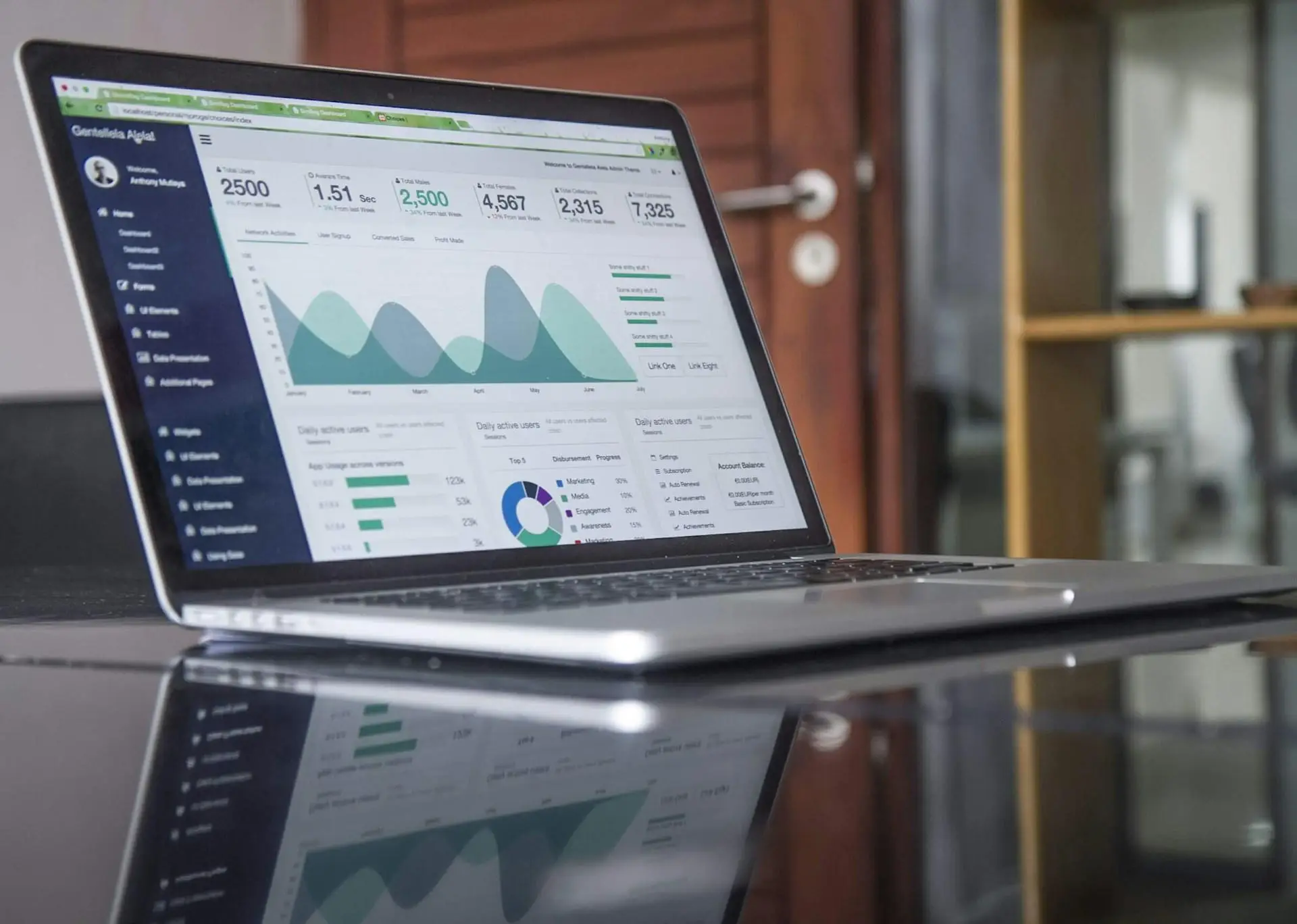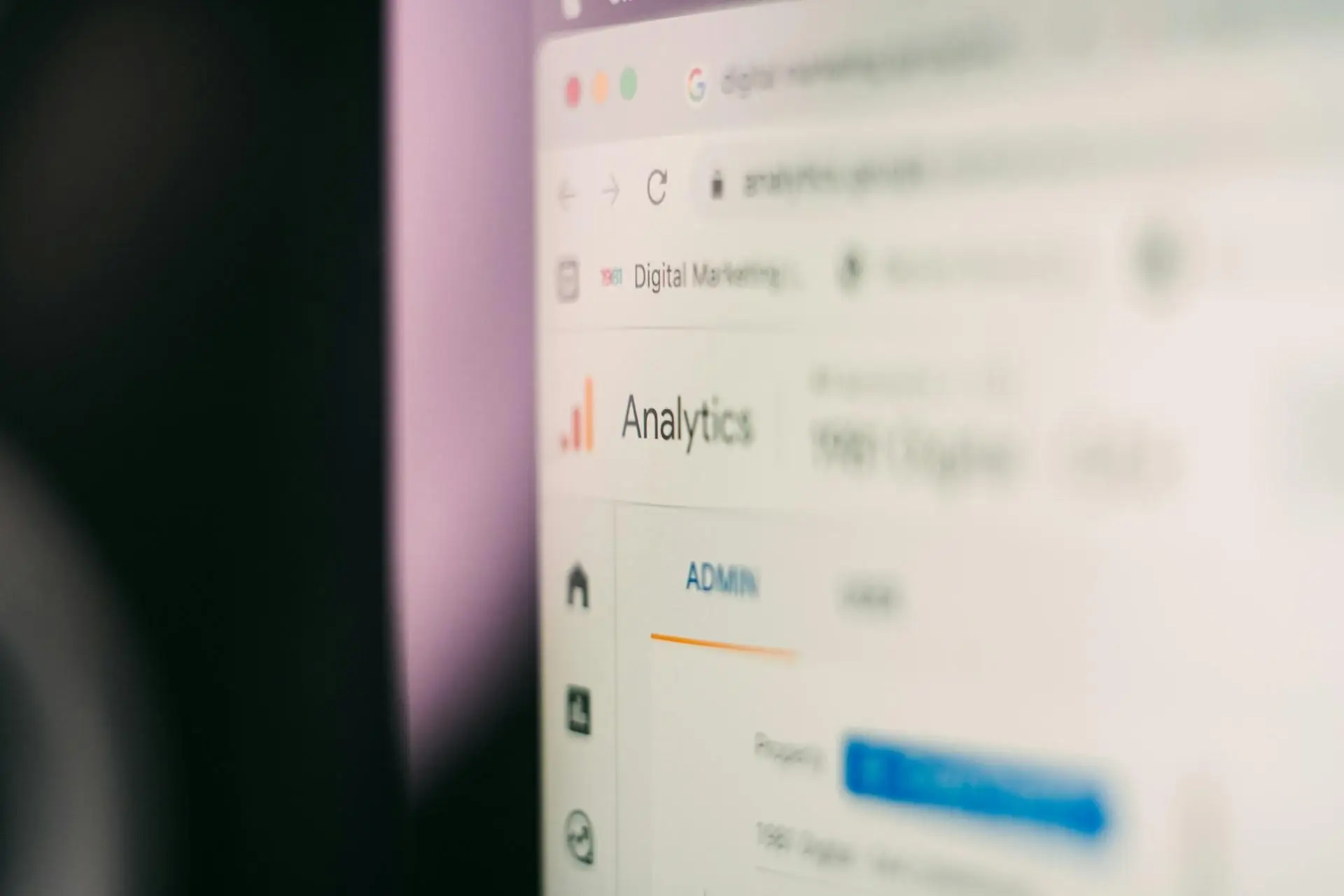Transforming Our Website: A 50% Boost in Performance Through Strategic Renovations
In an era where the online landscape is dominated by instantaneous access to information, the performance of a website has become a paramount concern for businesses. A seamless and swift user experience can make the difference between user retention and abandonment. To address this issue, the concept of "renovations" emerges — not just as a physical upgrade but as a holistic reimagining of digital spaces. This article dives into the strategic renovations that led to a remarkable 50% boost in our website's performance, showcasing actionable insights for similar transformations.
Identifying the Need for Renovations: Assessing Performance
The first step in the renovation journey involved a thorough assessment of existing website performance metrics. Key Performance Indicators (KPIs) such as loading speed and usability were meticulously monitored. Utilizing tools that generate analytics insights proved invaluable, as it became clear that user feedback consistently highlighted performance issues.
The repercussions of a sluggish website are profound. Higher bounce rates indicate that users quickly leave a site that does not meet their expectations. Furthermore, the impact extends beyond user experience; search engine optimization (SEO) rankings suffer, diminishing the website’s visibility in a crowded digital marketplace. The need for decisive action became increasingly apparent.
Strategic Planning for Renovations: Setting the Stage for Improvement
With the pressing need for enhancement crystal clear, setting precise objectives for the renovation was essential. Goals were articulated and better defined, with specific targets in mind, such as a reduction in loading time to under three seconds. A timeline for executing these critical renovations was also established to ensure accountability and track progress.
Additionally, assembling a cross-functional team comprising developers, designers, and marketers was crucial. By fostering an environment of collaboration and brainstorming, innovative ideas flowed freely, paving the way for creative solutions that met the identified challenges head-on.
Key Areas of Renovation: Crafting a Better User Experience
The renovation efforts concentrated on several key areas to yield the most significant improvements:
Design and User Experience (UX) Overhaul
First and foremost, a complete redesign of the user interface (UI) was undertaken. By simplifying navigation and decluttering the layout, users could more intuitively engage with the site. Importantly, responsive design was implemented to ensure that mobile users enjoyed an experience equal to that of desktop users.
Technical Enhancements
Technical aspects were also on the list for renovation. Optimization of images and media files played a significant role in accelerating load times. Streamlining the code by minifying HTML, CSS, and JavaScript created faster rendering times within the browser. Moreover, integrating caching strategies and utilizing Content Delivery Networks (CDNs) provided users with rapidly accessible content, regardless of their geographic location.
Server and Hosting Upgrades
Evaluating and enhancing server performance proved another critical area for renovation. The current hosting service underwent thorough scrutiny to identify potential bottlenecks. Upgrading server infrastructure and configurations ensured not only speed but also the reliability necessary for an uninterrupted user experience.
Testing and Measuring Performance Improvements: Benchmarking Success
Once the renovations were executed, establishing a benchmark for before-and-after comparisons was vital. Tools such as Google PageSpeed Insights and GTmetrix provided measurable metrics that reflected improvements in website performance. This quantitative data allowed for a clear assessment of the effectiveness of the renovations.
In addition to these metrics, ongoing user feedback after the renovations provided qualitative insights. Surveys were conducted to gauge user satisfaction and determine whether the changes resonated with the audience. Continued monitoring of analytical data ensured that performance improvements were not just a temporary gain, but part of an ongoing cycle of enhancement.
Quantifying Results: The Impact of Our Renovations
The results of the renovations spoke volumes. Specific metrics revealed a significant percentage improvement across key performance indicators, particularly in loading times. User engagement surged alongside satisfaction rates, painting a positive picture of the website's renewed efficiency.
Long-term benefits also materialized as a direct result of these renovations. Enhanced SEO rankings translated into greater visibility, while improved conversion rates featured prominently in the post-renovation data. The reduction in bounce rates underscored the success of the initiative, correlating with the strategic overhaul of the website.
The journey from clunky to sleek is emphasized through these tangible results. The strides made in performance not only achieved desired metrics but also fostered a more positive user experience.
Future Considerations: The Ongoing Nature of Performance Improvement
In the dynamic digital environment, it is crucial to recognize that the pursuit of optimal website performance is an ongoing commitment. Regular assessments and evaluations are necessary to ensure that the renovations implemented continue to meet evolving user expectations and technological advancements. Companies are encouraged to consider their own website renovations as a means to enhance both performance and user experience effectively.
By adopting a mindset geared toward continuous improvement, businesses can remain competitive in the ever-changing landscape of the online world. The strategic renovations undertaken offer not just a roadmap to better performance, but a compelling reason to invest continuously in the digital experiences offered to users.











